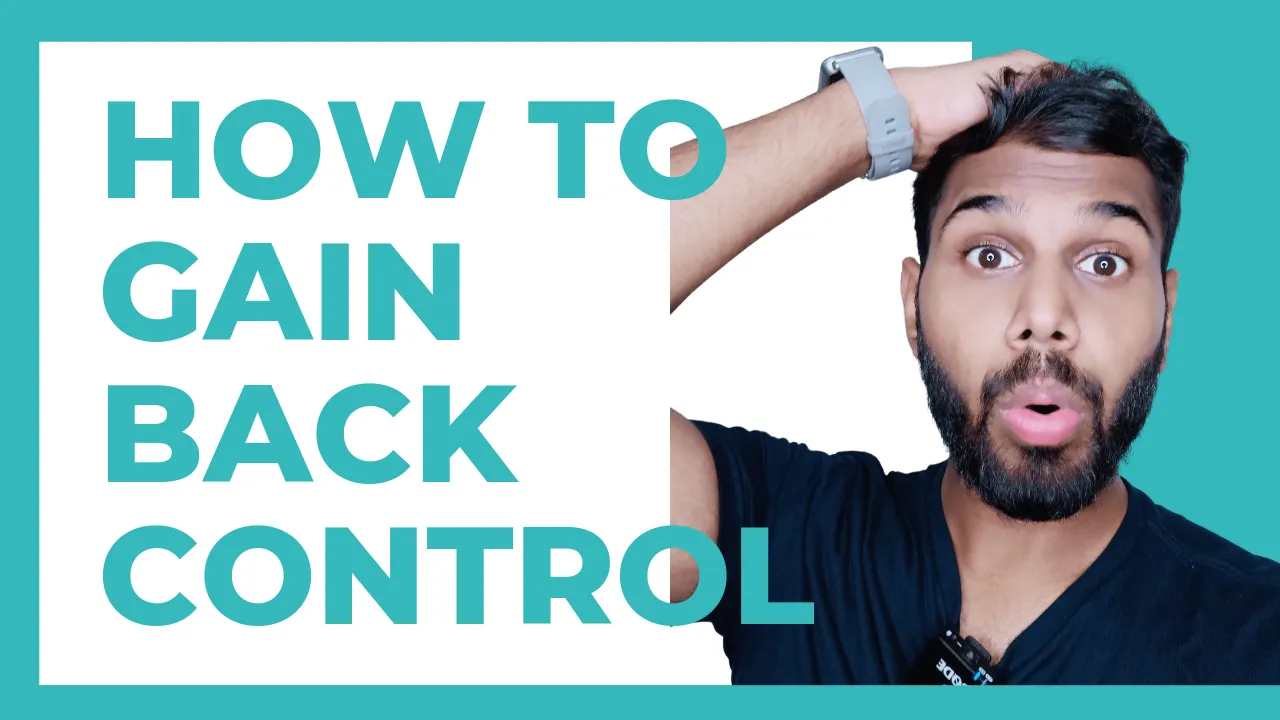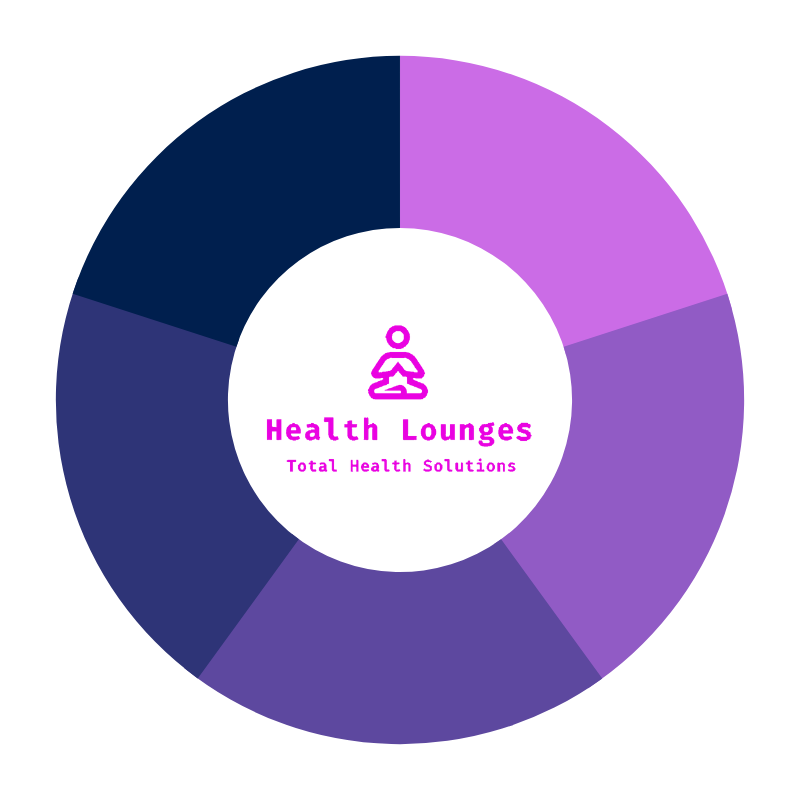How to Gain Back Control?

“I just want to gain back control!”
Sound familiar?
Based on conversations we’ve had with clients and coaches, it could win the “top theme” of the last two years.
It makes sense.
During uncertain times, it can feel like everything in your life is happening to you.
What you want doesn’t matter or must be put on hold.
And that you can’t count on or plan for anything—whether it’s your job, childcare, or even your future—because you have no idea what’s coming next.
That is entirely stressful.
Besides sucking the joy out of life, it can also crush your ability to maintain healthy relationships, a healthy outlook, and healthy eating and lifestyle behaviors.
But there’s a thought exercise that can help.
It’s called “Spheres of Control,” It starts with the premise that everything in life isn’t out of your control—even though it may seem like it.
Sometimes you need some help seeing it.
With the Spheres of Control exercises, you’ll identify what areas you truly have power over and focus more on them.
That often not only helps people feel less overwhelmed and stressed but also
more capable.
What about those areas you have zero control over?
By seeing the reality on paper (or a screen), you can give yourself permission to stop wasting precious energy trying to control the uncontrollable. And that in itself can help relieve stress and anxiety.
How to Do It
Use the following image to identify the areas of your life where you have total, some, and no control.

Step 1. Fill in the above circles for yourself.
Be specific.
► What in your life do you have total control over? (Your actions, your mindset)
► What do you have some control over? (Your schedule, your home and work environment, your social support system)
► What do you have no control over? (Your genes, other people’s thoughts and actions, the pandemic)
Step 2. Review the diagram.
Test your evidence for each one.
For example:
► Are you sure you have zero control over certain things? How do you know for sure?
► Are you sure you have total control over certain things? How do you know for sure? Make sure each item holds up under critical scrutiny.
Step 3. Decide how to take action.
Based on what you’ve discovered from the above exercise, choose where you’d like to direct your energy and what you might decide to let go of.
► Highlight the items under “total control.” Start there. You’re the boss of those things.
Focus on making deliberate choices that reflect this for the next few weeks. Control what you can control.
► Think about the items under “some control.” What could bring them into the “total control” sphere?
What pushes them out into the “no control” sphere? Are these things under your control, but only under certain conditions? What are those conditions? Do you need to control these?
For now, think about them.
► Let go of the items under “no control.”
Respond as best as possible to these things, using whatever behaviors and other factors you can control.
Release your grasp on things you can’t control; spending time on these things is usually a waste of energy better spent in other domains.
Take It to Another Level
When it comes to control for any given item, consider the mindset that’s most productive and helpful for you
Let’s say your sleep has been disrupted because you switched to working night shifts at your job.
► It might be helpful for you to believe you choose to work night shifts (it’s under your control), identify why you made that choice, and view your work schedule as something you could change to improve your sleep.
► It might be helpful for you to believe you have to work night shifts to make ends meet, view night shifts as a non-negotiable thing you cannot change (not under your control), and look for other areas in your life where you could make choices.
Neither option is correct or better.
But by analyzing your choices and mindset, you may find a new approach that helps relieve stress and anxiety and improves your mental health.
And with that, your capacity for tackling other challenges in life—such as stronger relationships, a more fulfilling career, or healthier eating behaviors—increases.
If you want access to all these resources in one place, check out our upcoming Program Recovery, Sleep & Stress Management Program (The next session opens soon.)
It’ll give you a deep understanding of how stress affects your physical, mental, and emotional health—and what to do about it. So you can help yourself feel more in control and gain the capacity to change for the better.
Until next time,
Mohit Mittal
